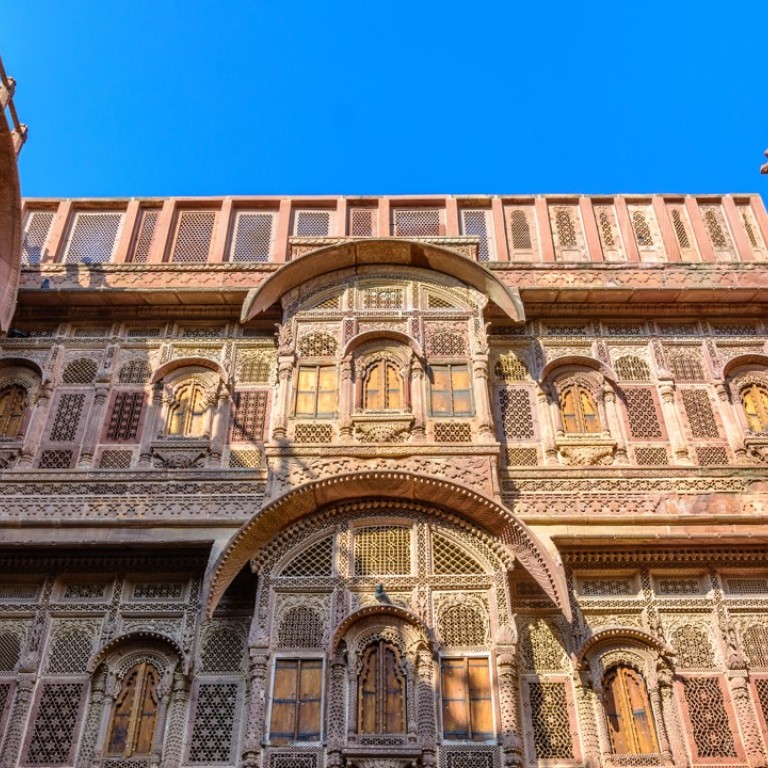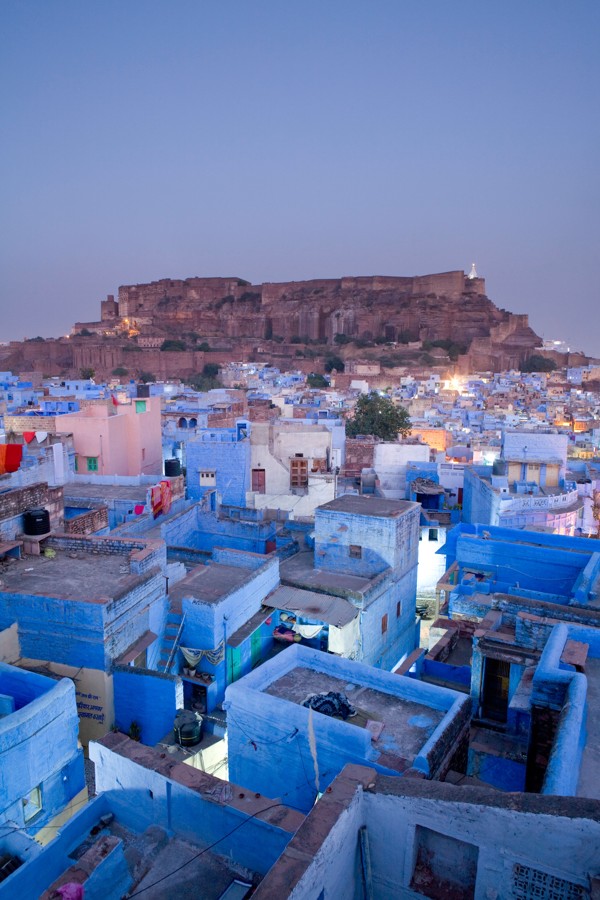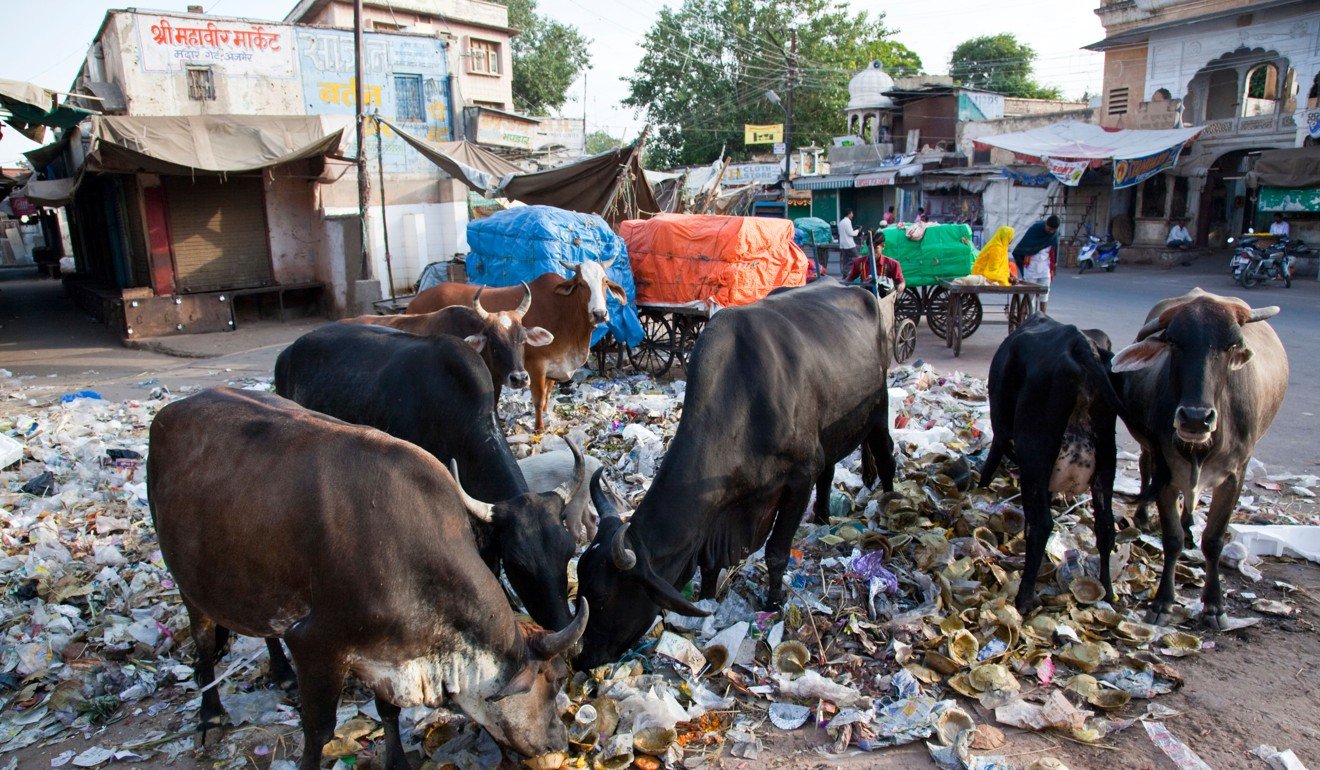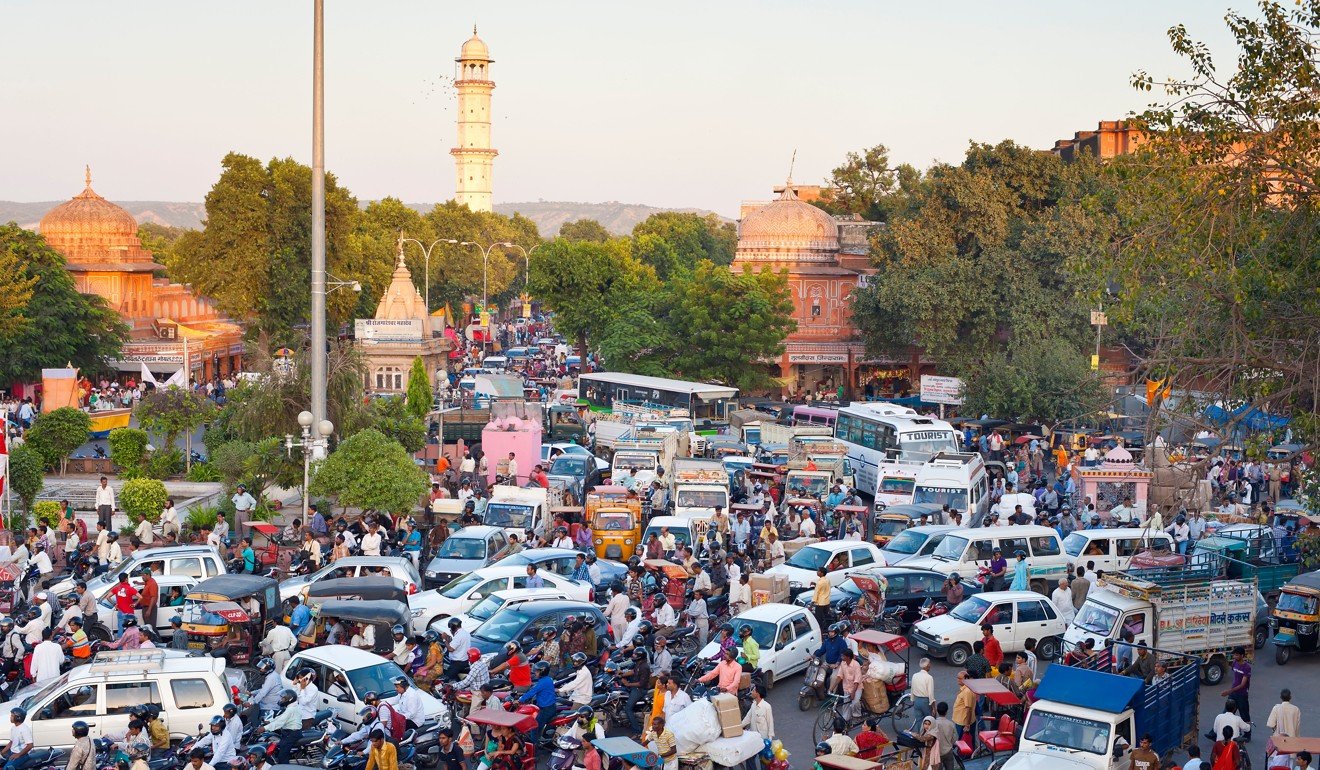
The good, bad and ugly sides to a holiday in India’s Rajasthan state
From resplendent forts to luxury locomotives, Rajasthan has much in the way of cultural riches – just remember to take your rubbish with you when you leave
The good
A travel poster come to life, Rajasthan is India at its most quintessential. Teeming cities give way to arid desert, fairy-tale palaces rub shoulders with audacious forts and clothes come in colours dazzling enough to cause cataracts. The piquant regional cuisine is fit for a maharaja and you won’t have to wait long until the drums start thumping and another festival gets under way.
The popular Golden Triangle tourist route reaches into Rajasthan at Jaipur but don’t leave the Land of Kings for the other corners of Delhi and Agra before you’ve had a thorough look around India’s largest state.

Huddled around a holy lake, the temple-rich town of Pushkar is on the bucket lists of Hindu pilgrims and tourists alike. If you’re in the market for a ship of the desert, you’ve come to the right place – up to 300,000 people converge on Pushkar each November for the world’s largest camel fair.
Shimmering like a mirage and within (camel) spitting distance of the frontier with Pakistan, the Golden City of Jaisalmer is a cross between an open-air museum, a giant sandcastle and the setting for a tale from the Arabian Nights.

The state boasts an abundance of lodging options in all categories, from budget digs to hip heritage hotels. Former royal residencies such as the Rambagh Palace, in Jaipur, and Lake Palace, in Udaipur, cater to top-end travellers while for train buffs the Palace on Wheels and newly launched Royal Rajasthan on Wheels provide a pampered way of experiencing this most fascinating corner of India.

Rajasthan hosts a procession of high-profile cultural events from the three-day Desert Festival, in Jaisalmer, to Gangaur, a statewide female celebration of marital happiness. Promoted as a sumptuous feast of ideas, the Jaipur Literature Festival is now the largest free gathering of its kind in the world and draws renowned authors, politicians, business leaders and thinkers among the more than 350,000 attendees.

The bad
A disjointed approach to tourism promotion means that India’s largest state receives fewer foreign visitors than the temple complex of Angkor Wat, in Cambodia. In some parts of Rajasthan it seems as if every other building is either a hotel or a guest house although many struggle to attract custom. And despite an increase in the number of international visitors in 2017, thanks in part to the introduction of bureaucracy-busting e-visas, some formerly buoyant sectors are struggling.
The Palace on Wheels and Royal Rajasthan on Wheels are suffering from a decline in the popularity of luxury train travel, with Indian Railways claiming that not enough is being done at government level to promote the heritage services.
It’s hoped that competitive pricing (hefty discounts) will encourage people to sign up for high-end railway adventures although special offers and reduced fares can be the start of a slippery slope that ends up destroying brand value and reputation.

Much is made of Rajasthan’s stark sandy vistas but bear in mind that temperatures in the Thar Desert can reach a brain frying 45 degrees Celsius in May and June. Nor is the scenery always as impressive as it’s cracked up to be
Elephants are not native to Rajasthan and they struggle in the stifling heat but illegal trafficking and the use of forged certificates ensures a steady supply of replacements from impoverished Indian provinces such as Bihar where they are captured as young calves.
Talking of stifling heat, much is made of Rajasthan’s stark sandy vistas but bear in mind that temperatures in the Thar Desert can reach a brain frying 45 degrees Celsius in May and June. Nor is the scenery always as impressive as it’s cracked up to be. The dunes at Jaisalmer have become a dumping ground for beer and water bottles, plastic packaging and other litter left by tourists, which is then buried under the sand by tour operators.
As one TripAdvisor reviewer put it: “The camels are fun, but the place is filthy.”
Of course, not all of Rajasthan’s problems are unique to the royal state. Rubbish-strewn landscapes, open sewers, persistent touts and the relentless South Asian soundtrack of shrieking car horns are the norm rather than the exception from Kolkata to Kochi.

Only in India could the innocent practice of snapping selfies be cause for concern. Foreign tourists are regularly approached by Indian men, for whom a photo with a fair-haired foreigner is seen as an achievement that earns them social-media bragging rights. It doesn’t always stop there, however. Women are sometimes groped while the photos are taken and anyone unwilling to pose runs the risk of being verbally abused or worse. Last October, a Swiss couple were pelted with sticks, stones and cricket bats after refusing to smile for the camera.

The ugly
On the subject of violence, visitors to last month’s Literature Festival in Jaipur could have been forgiven for thinking they had arrived at a G7 summit. The event was monitored using facial-recognition software; headcount scanners and emergency evacuation plans were in place.
Security was further bolstered by 550 police bomb and dog squad personnel and 600 volunteers, due to fears that a screening of controversial Bollywood epic Padmaavat (2018) would lead to civil disorder.

